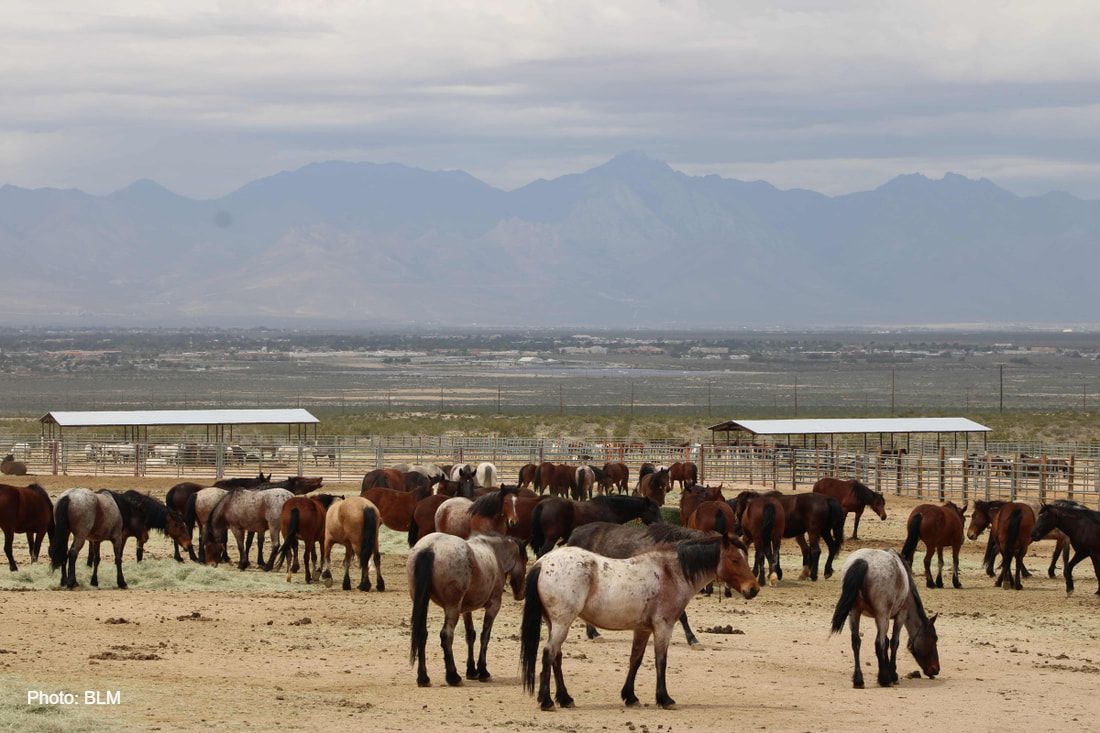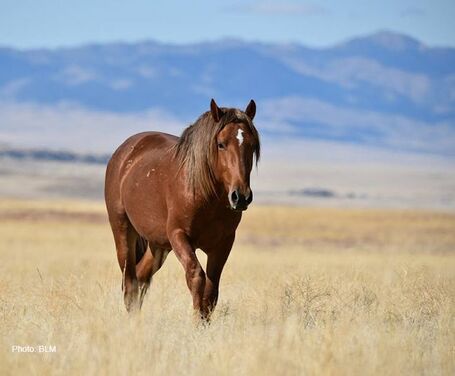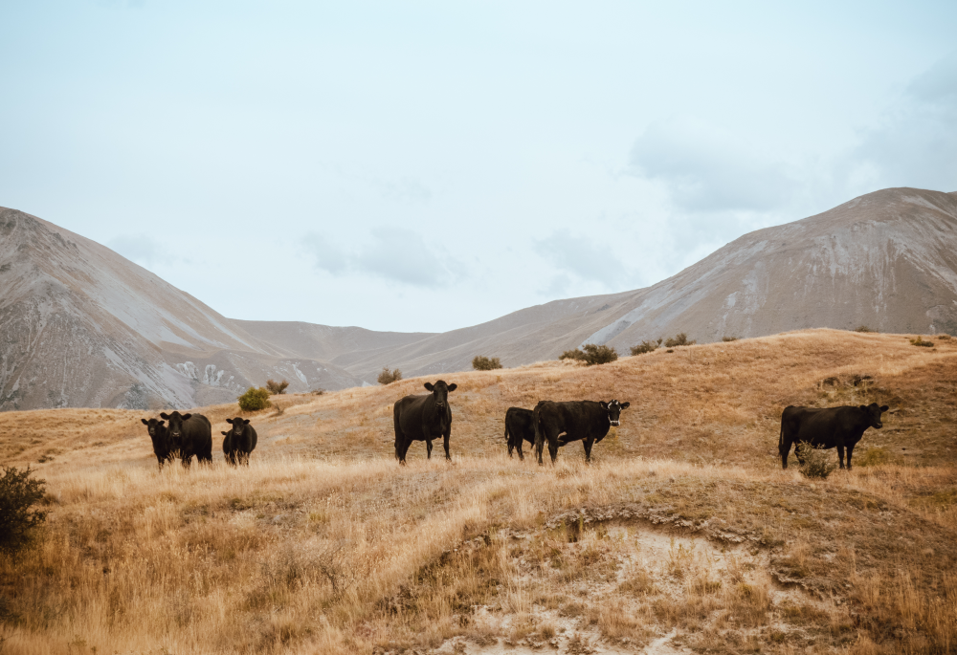WHY ARE AMERICAN WILD HORSES IN DANGER?100 years ago an estimated two million mustangs roamed the Western ranges of the United States. But today there are fewer than 90,000, and the government, through the Bureau of Land Management (BLM), continues to reduce the herds even further. In fact, the BLM is seeking to achieve what they consider to be an "Appropriate Management Level" (AML) of only 27,000 horses — approximately the same number that was considered a threat to their extinction right before the Wild and Free Roaming Horses and Burros Act of 1971 was passed into law.
There are now more than 50,000 horses in BLM holding facilities. The agency spends over 60% of the wild horse and burro program’s annual budget to care for them, all paid for by the U.S. taxpayers.
However, the animals the BLM is mandated to protect are instead being eradicated — with some herds being wiped out completely, only to be corralled in long-term government holding facilities. Wild horses are continually targeted for removal because of conflicts with domestic livestock on public lands. Through lobbying and lawsuits, the American mustang has become both a target and a scapegoat for the livestock industry's agenda to dominate and control public lands for their own grazing use. Counter to false propaganda, scientific data shows that most allotments within wild horse Herd Management Areas that have failed rangeland health standards is due to overgrazing of livestock, not an overpopulation of wild horses.
MANAGEMENT SOLUTIONSDriven by profits, the livestock, mining and other extractive industries think of wild horses as pests, and aggressively lobby at the state and federal levels to have them removed from the public lands they're legally entitled to under the statutes of the 1971 Wild and Free-Roaming Horse and Burro Act. The horses are constantly under threat through invasive "management" methods, including accelerated roundups, sterilization, and even lethal culling.
However, there are humane alternatives available — including the use of safe and efficacious fertility control, porcine zona pellucida (PZP). In addition to the proactive use of birth control, federal legislation is now being considered by Congress to reform the livestock grazing program on America's public lands. Introduced by U.S. Representative Adam Smith (D-WA), the Voluntary Grazing Permit Retirement Act would provide livestock grazing permit holders the option to voluntarily waive their permits to graze on federal lands in exchange for equitable compensation. The federal agency would then be directed to permanently retire the grazing allotment from further livestock grazing activity. Currently, environmental groups are allowed to purchase grazing permits from ranchers, but they cannot retire them without Congressional authorization.
STOP THE MADNESSAttempts to overhaul or take legal action aimed at the BLM's wild horse and burro program have fallen short. Real and lasting reform starts with land use policies—and they need to be codified into law. Like other wildlife, including sage grouse and wolves, wild horses are being subjected to a numbers game. With commercial livestock dominating federal policies for public land, If we want to maintain the wild landscapes of the American West, we must protect the land. |
HELP KEEP PUBLIC LANDS WILDDomestic livestock grazing on federal public lands is a leading cause of conflict with other uses, including wild horses and burros. If passed into federal law, the Voluntary Grazing Permit Retirement Act (H.R.6935) would provide permit holders the option to relinquish their contractual agreements in exchange for a fair market price.
Help protect America's public lands, wild horses, and other wildlife by reaching out to your federal lawmakers. Urge them to support this vital legislation by becoming a cosponsor. |





